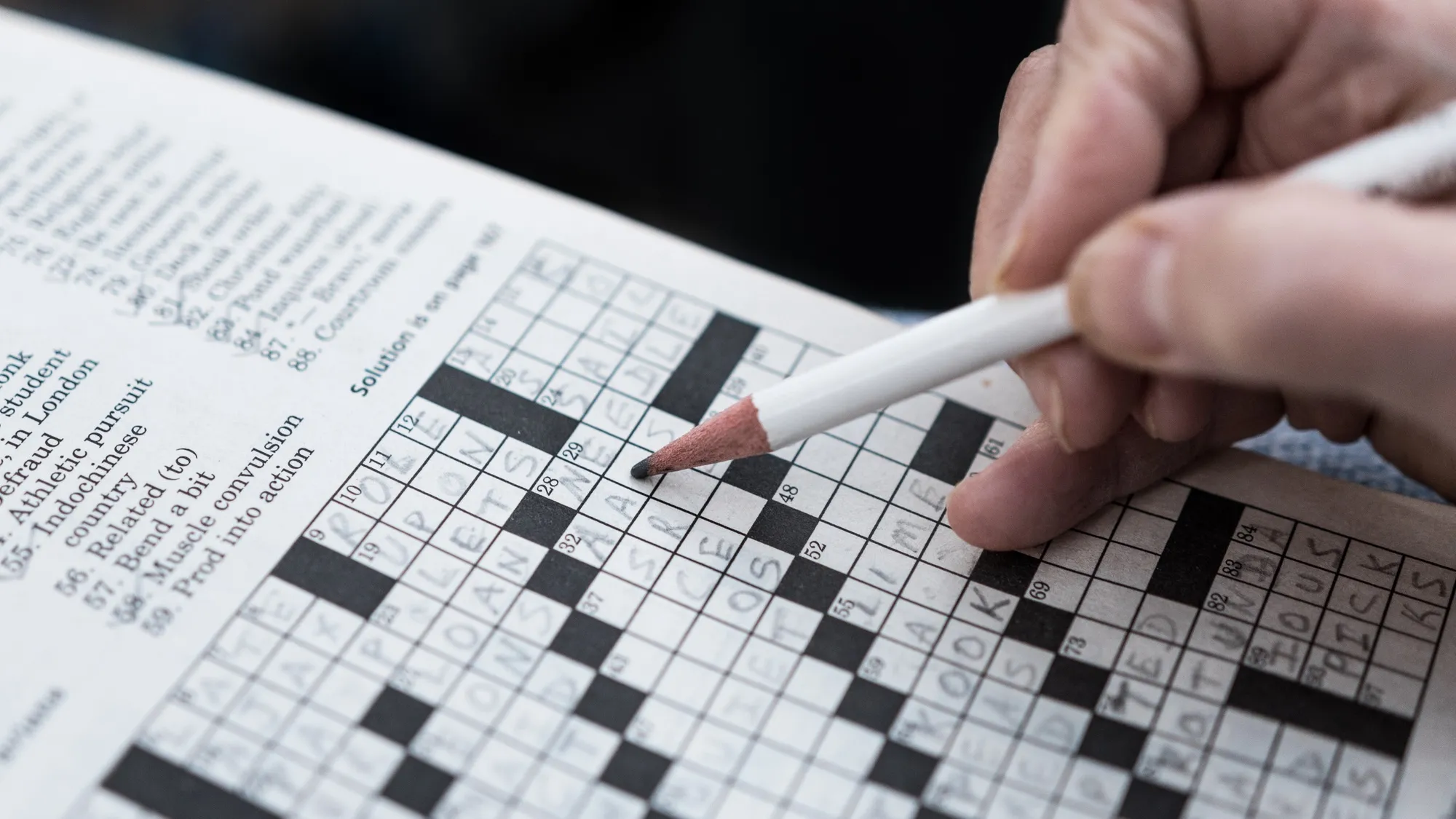Solving the New York Times Crossword clue “Ol’ buddy ol’ pal”? Below you’ll find friendly hints, a spoiler-protected answer reveal, and an explanation of this informal and endearing clue. For more crossword answers and word meanings, visit Clue of the Day.
Hints (no spoilers)
Reveal the Answer
Click once to unblur the solution; click again to re-hide.
For more NYT Crossword explanations and clue breakdowns, visit Clue of the Day.
Why “AMIGO” Fits This Clue
The term AMIGO is the Spanish word for “friend.” It’s used affectionately in English speech as well, especially in friendly or casual contexts — matching the clue’s tone perfectly. The phrase “Ol’ buddy ol’ pal” signals an informal, familiar way of addressing a friend, and AMIGO captures that same spirit.
The clue’s conversational and playful tone helps narrow it down — it’s not looking for “ALLY” or “MATE,” but something with more charm and familiarity, which AMIGO provides.
Crossword constructors often use this kind of colloquial phrasing to hint at a borrowed word that’s widely adopted in casual American English.
Strategy: Match the Tone of the Clue
When a clue sounds warm or slangy (“Ol’ buddy,” “pal,” “partner”), look for answers that carry the same informal or cultural tone. Words like amigo, mate, or bro often fit this pattern.

